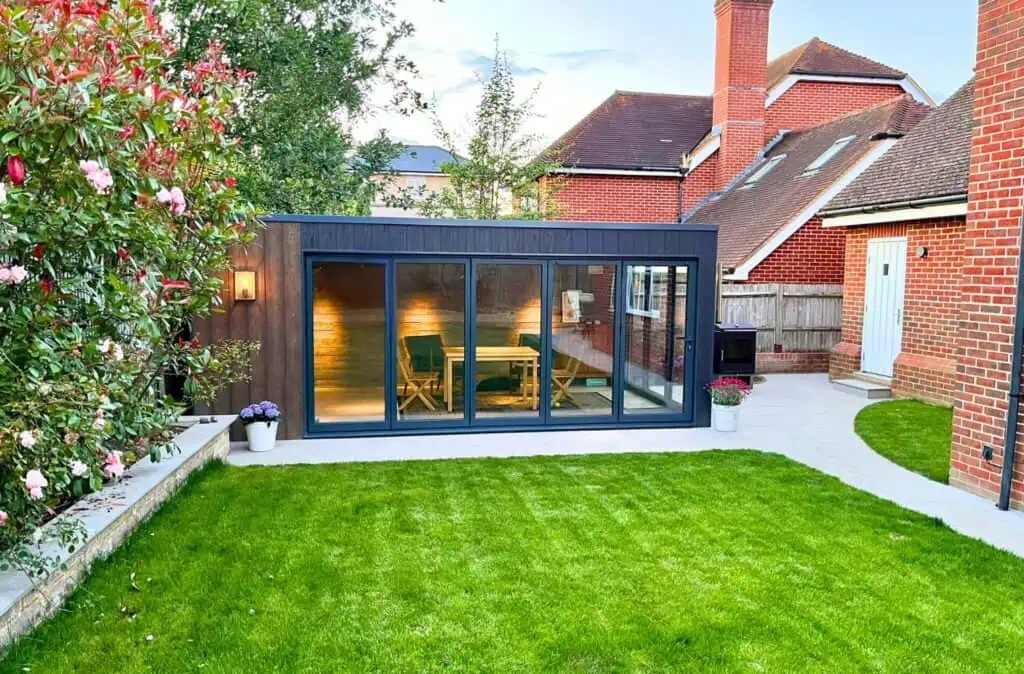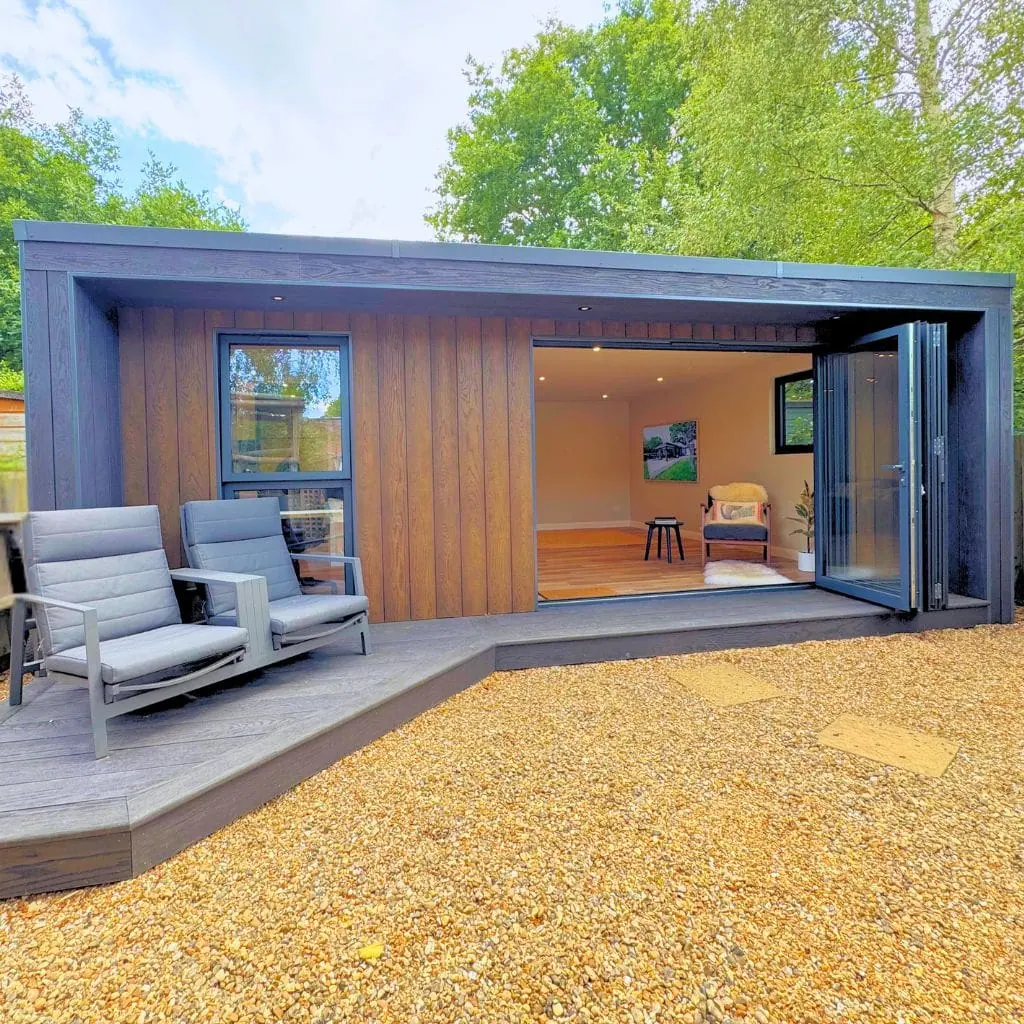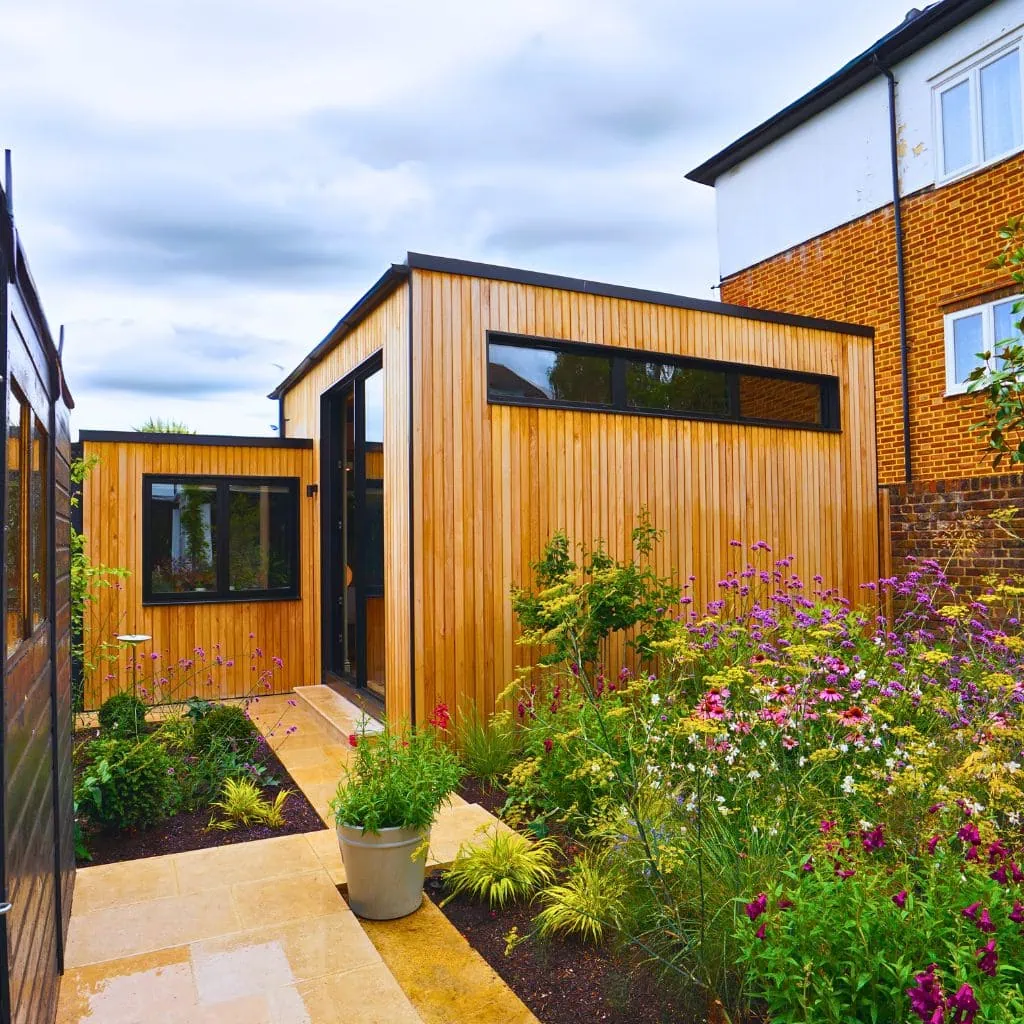Since 2020, the rise in popularity of garden rooms has been nothing short of incredible.
With the pandemic forcing more people to look for a work from home solution, a rise in property costs (including extending a property) making looking for other ways of creating affordable living space more appealing, and a growing interest in just what a garden room can provide, there’s no wonder UK sales in the first half of last year were 500% higher than the previous.
If you’re staring out into your garden and picturing a home gym, games room, office, or yoga studio, nestled at the bottom of your lawn, then there may be something putting you off.
Planning permission.
Many people ask the question, does a garden room need planning permission? And there is no right or wrong answer.
At InFrame Garden Rooms, we want to make the process of installing a garden room seamless and straightforward, and that’s why we’ve created this guide to garden room planning permission, and if your new building will need it.
Let’s take a look.
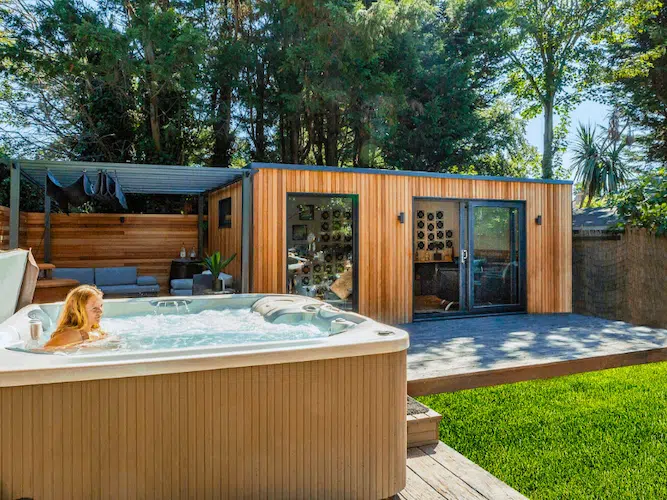
Can You Build a Garden Room Without Planning Permission?
The majority of the time, the answer is yes.
The key term here is ‘permitted development rights’.
These are rights that allow you to perform certain types of work on your property without needing to apply for planning permission and derive from rules assigned by parliament rather than your local government.
At InFrame, we have designed our steel frame garden buildings to stay within the parameters of your permitted development rights, meaning planning permission will not be required for general uses such as offices or gyms for example.
We work closely with you as you build your ideal garden room. Our trained designers, and project teams have the experience to ensure a project is staying on the right path to fall within your permitted development rights if, as is common, this is the preferred option.
This doesn’t mean to say that every garden room falls within permitted development rights, and that no planning permission is ever required. Some of our Bespoke Design or Annex builds can require planning permission depending on the use and design.
There are many situations where planning permission will not be required, and this is true in most of our projects, but there are some uses and technical reasons where planning permission may be required. To explain further lets first look at the two different types of garden room uses, and what this can mean for your project.
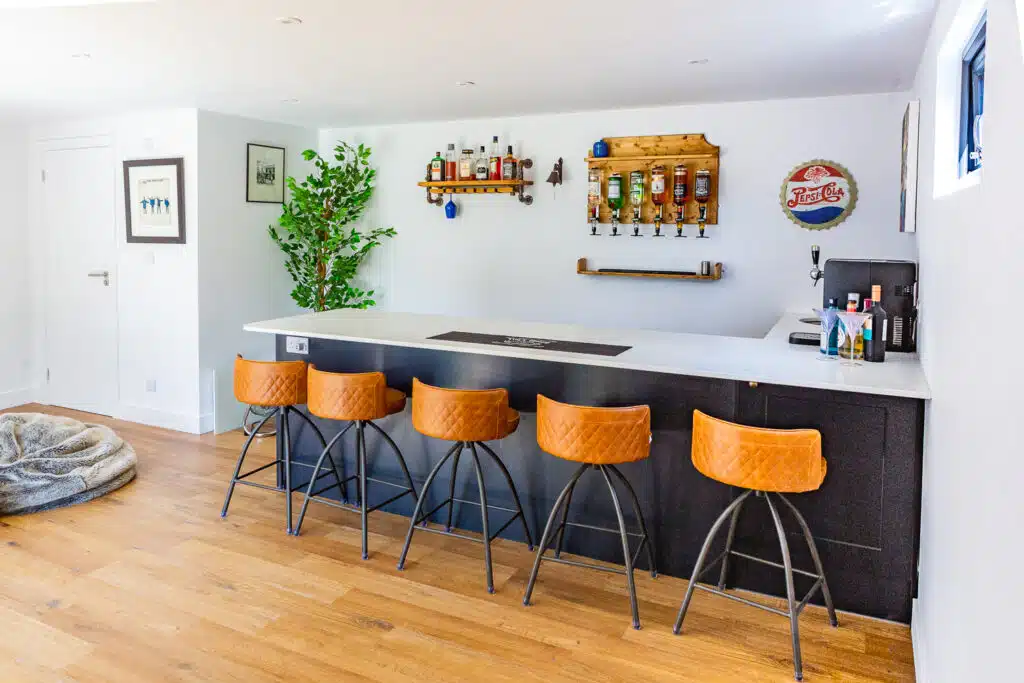
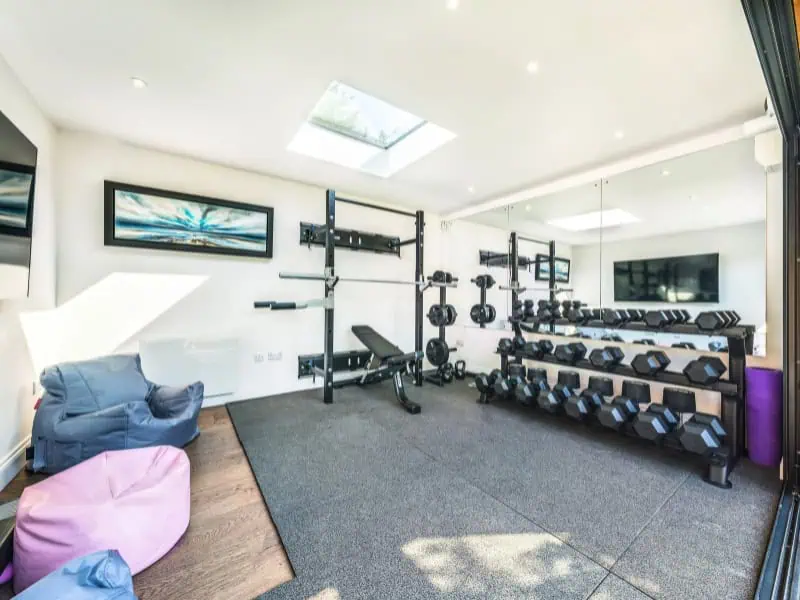
Ancillary vs. Incidental Garden Rooms
A garden room can be split into two categories, ancillary and incidental.
Both have very different meanings and uses, so let’s take a look.
Ancillary Garden Rooms
This is a garden building that basically has everything someone needs to live inside it. They usually contain a bedroom, kitchen, bathroom, and more.
They key phrase here is ‘primary living accommodation’. This means it could be a self-contained home for someone and is a key factor in whether your garden room will need planning permission or will not.
Incidental Garden Rooms
An incidental garden room is basically the opposite to an ancillary. These contain uses that are more focussed around hobbies, such as a gym or swimming pool, home offices, bars, and games rooms.
While an ancillary building could survive on its own, an incidental garden room needs the main property to be there to be used.
This doesn’t mean some living accommodation cannot be used in an incidental garden room. You can contain some facilities such as a shower if it is related to the use of the room (for a gym for example or even an occasional guest room).
In summary, garden rooms that are incidental to the main dwelling house are not living accommodation and therefore they shouldn’t need planning permission.

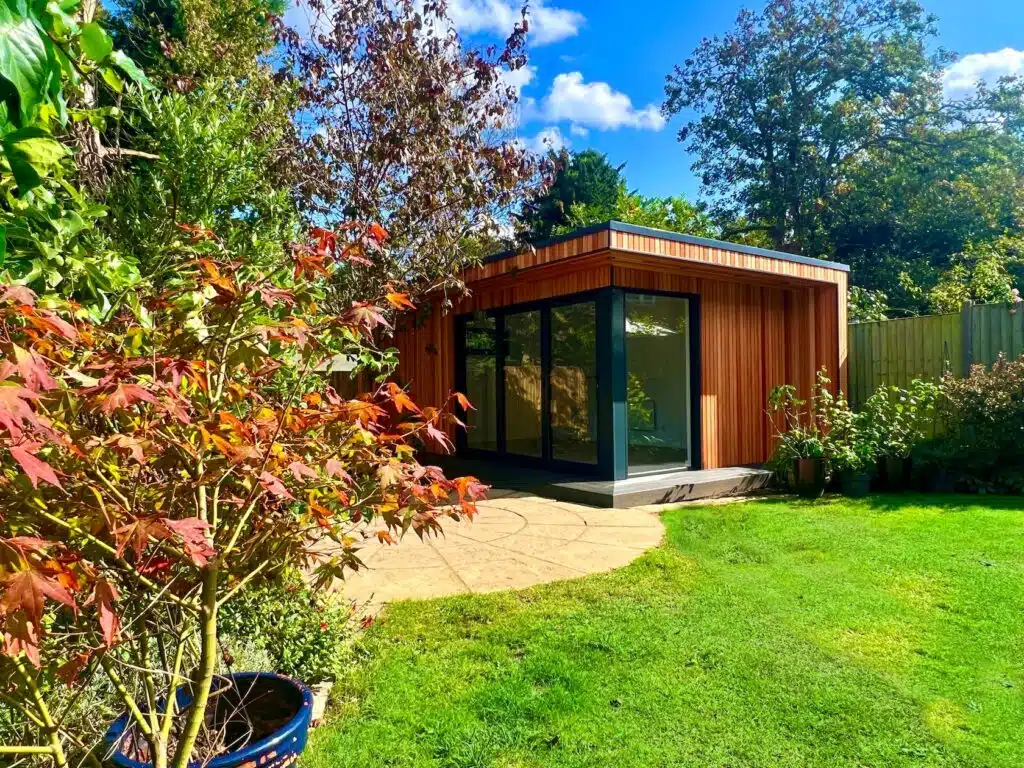
Reasons You May Need Planning Permission for Your Garden Room
There are some cases in which the need for planning permission is unavoidable, such as:
- If you live in a flat, apartment or maisonette – Permitted development rights differ with the varying types of property you occupy. With the above, a full planning application is often required.
- If You Live in Designated Land – These are places like national parks, or areas of outstanding natural beauty where there are limits on what you can change. It also contains conservation areas, although the rules are looser with these, so it is a good idea to seek advice from your local council.
- If You Are Building Past the ‘Front’ of the House – The front of the house is known as the principal elevation, and if you are building past this, you may be overstepping the boundary between not needing planning permission and needing it.
- If You’re Garden Room Takes Up Too Much Of Your Land – If you’re buildings (other than your main dwellinghouse) such as sheds, garden rooms, extensions, swimming pools, decking etc take up more than half the area of land around the “original house” then there will be a need for planning permission. This means that if space allows, you may be able to have a larger garden room in your garden, as long as it doesn’t take up too high a percentage of your land.
- If Your Garden Room is Too High – Depending on the type of roof and proximity to a boundary, your garden room can only be so high. If you have a flat roofed garden room, it can only be 2.5m high if within 2m of any boundary, or 3m if further than 2m from a boundary, you can stretch to 4m high with a dual pitch roof if further than 2m from a boundary
- There’s More Than One Floor – While having a multi-storey garden room would free up a lot of space, a lot of the time it is not feasible and would require planning permission. You would also need this if you were adding raised platforms and balconies.
- If You Live in a Listed Building – These buildings are often historic, and therefore have special measures placed on them that will lead to planning permission being needed if putting up a garden building.
- If there are restricted planning conditions in place – Areas where there may be a planning condition, Article 4 Direction or other restriction that limits permitted development rights.
- If You Want to Live There – Some garden rooms, such as our garden Granny annex, have everything anyone needs to live comfortably with no reliance on the main dwelling house whatsoever, so if this is the plan, planning permission will normally be required. Our liveable Annex buildings are a detached new build apartment right in your back garden, therefore they require planning permission and building control, and conform to strict new build standard. These buildings are built to stand the test of time. We do not compromise on our standards or quality by skirting around planning or building control using the caravan act or mobile home standards, those kinds of buildings have a much shorter shelf life as per caravans which are regularly replaced every 10-15 years. Our Annex rooms will stand for as long as your house and will add significant lasting value to your home should you come to sell.
- If It Has Been Applied for Before – If planning permission has been applied for and has been refused previously either by a previous owner or yourself, then permitted development rights may have been removed and you would need to apply again.

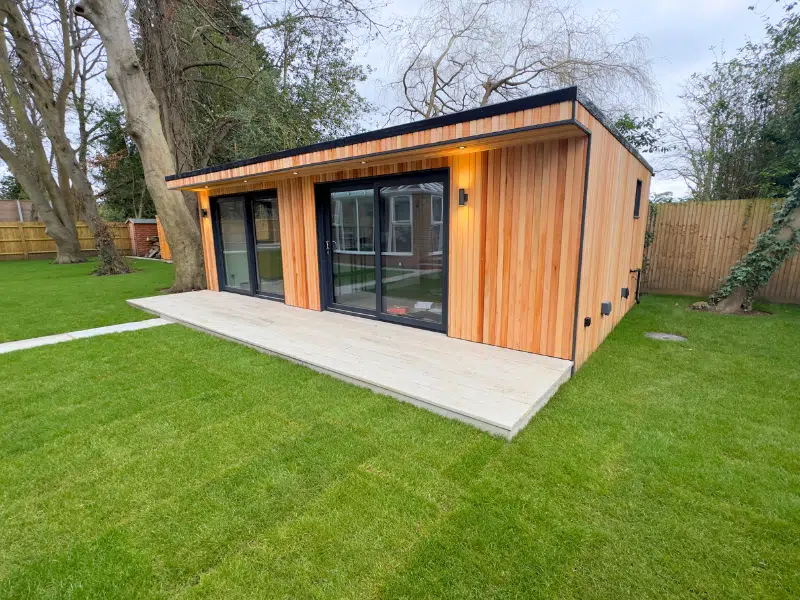
Do I Require Planning Permission if I live Within Designated Land?
Designated land includes National Parks, Areas of Outstanding Natural Beauty, World Heritage Sites or conservation areas. If you’re looking to build a garden room on this type of land, there are a few more outbuilding planning permission requirements in addition to those stated previously.
For each of these designated lands, except conservation areas, the rules for building a garden room are as follows:
- You may build without planning permission if your garden room is located more than 20 metres from your main building and less than 10m x 10m in size.
- You may build a garden room larger than 10m x 10m with planning permission.
For all designated lands, including conservation areas:
- You cannot build a garden room to the side of your property without planning permission.
Explore our Garden Room Range
Get in Touch with InFrame Garden Rooms
If this seems like a lot, then the best advice we can give is to speak to someone and discuss your personal project in detail. Our team are always happy to help, so if you think your garden room may fall under one of these categories, then give us a call and we can talk you through the next steps.
We may even be able to surprise you with what we can build. Due to our methods of construction, and our use of non-combustible materials such as our steel frame, we can also build well within 1m of a boundary or on your boundary for a 2.5m high garden room, so don’t give up on a project without consulting with our team to see what we can do.
We would love to hear from you and talk you through the different types of garden room we can build right in your back garden.

